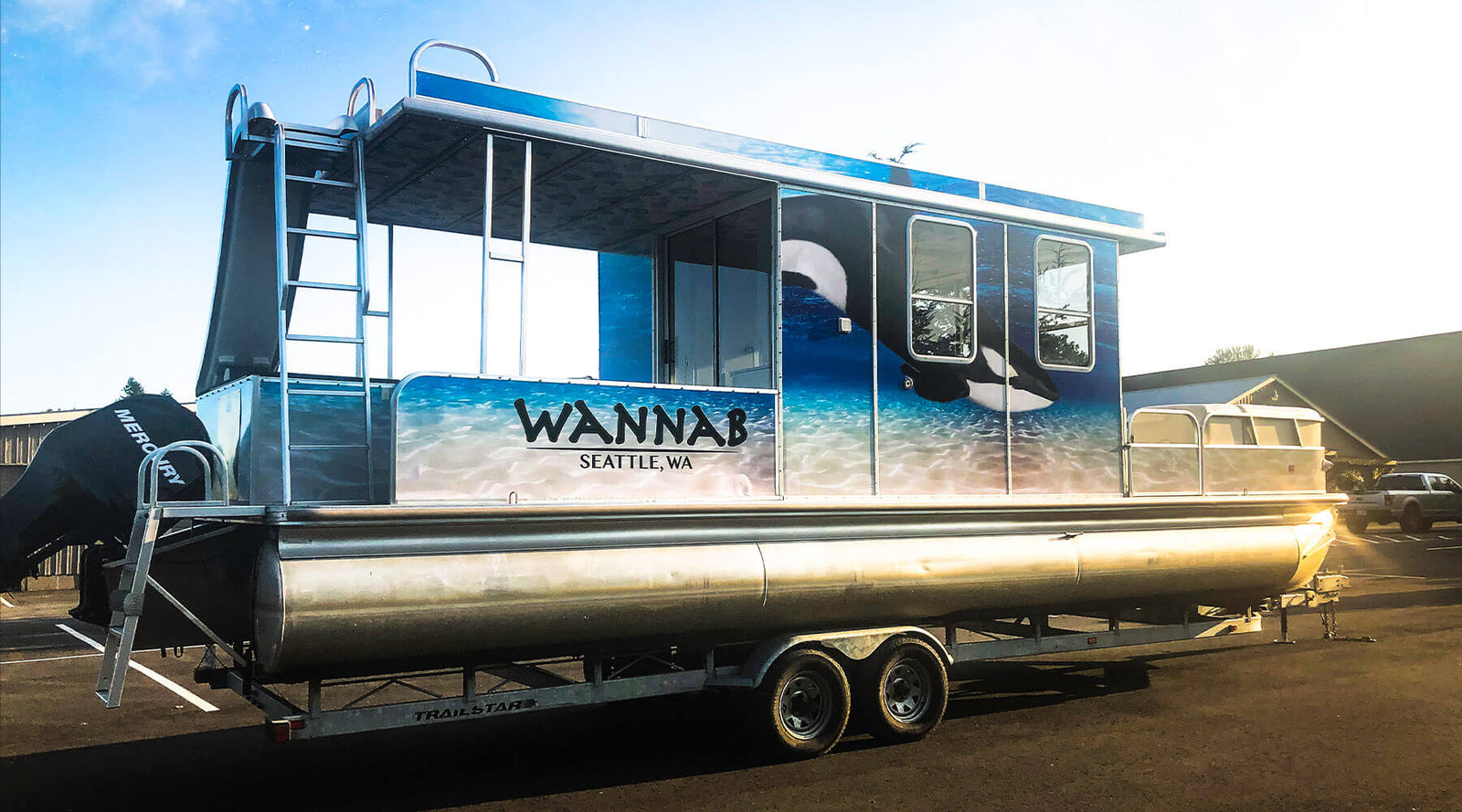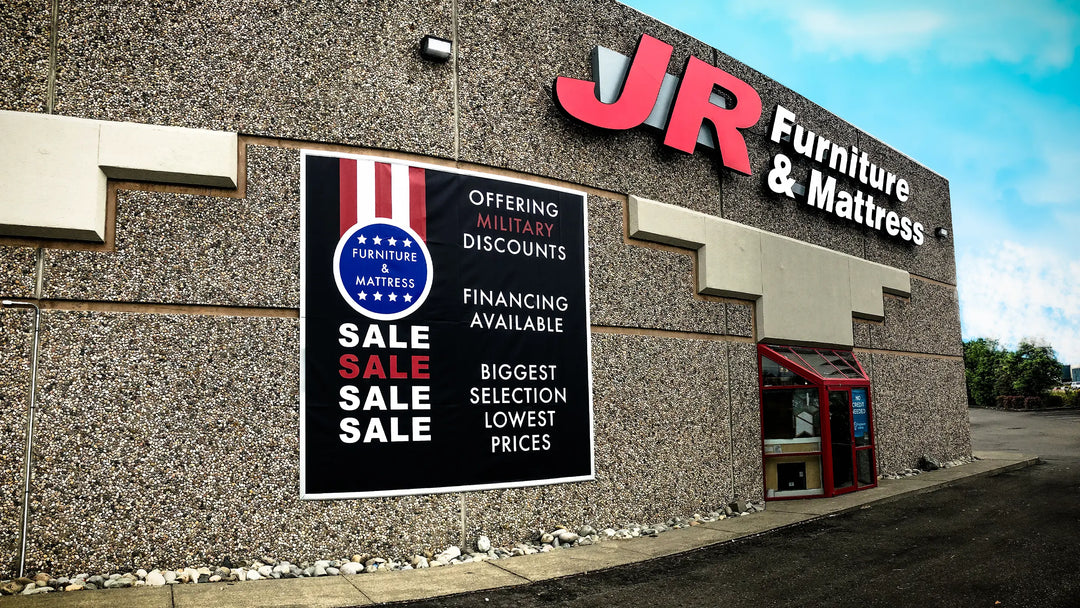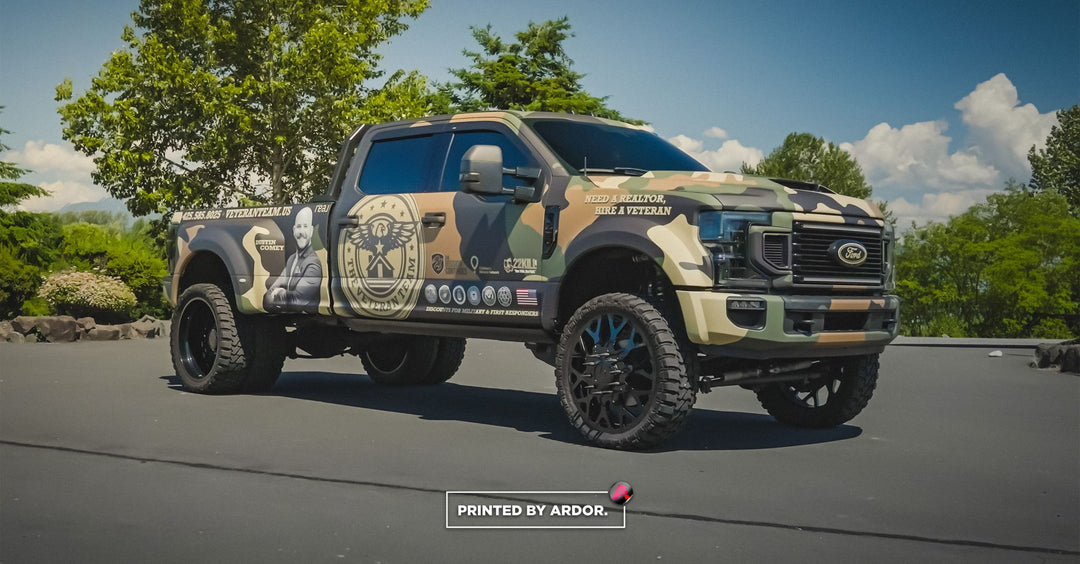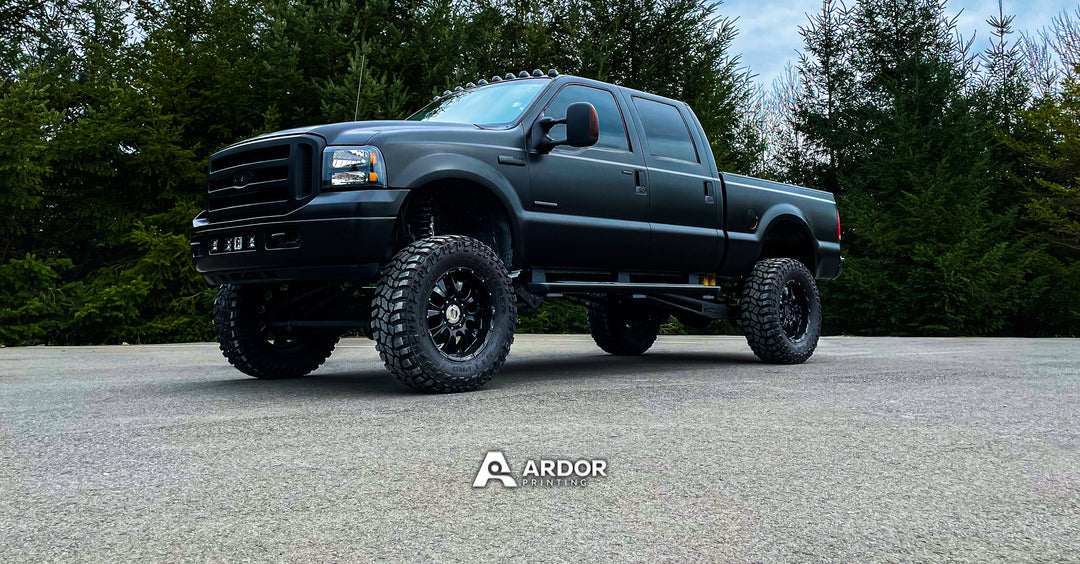The Pros and Cons of Yacht Wrapping: A Comprehensive Guide

Revolutionizing Yacht Hull Protection: Welcome to Yacht Wrapping!
Imagine transforming your yacht with an eye-catching design while simultaneously protecting its hull from the elements. Welcome to the world of yacht wrapping! This innovative method involves applying decorative or protective self-adhesive film to a vessel's hull. While it's already a popular choice for racing yachts, the luxury yachting industry is now embracing this captivating trend. Join us as we delve into the exciting realm of yacht wrapping, comparing it to traditional hull protection methods and debunking common misconceptions.
Unleashing the Benefits of Vinyl Yacht Wrapping:
- Cost-effective – Save money without compromising quality. Vinyl wrapping costs significantly less than professional spray painting, making it an alluring alternative.
- Fast & Efficient – Time is of the essence! The vinyl application process is quick, often taking just a few days for a superyacht.
- Easy maintenance – Keep your yacht looking pristine with minimal effort. Vinyl wraps are low maintenance and can be cleaned with soapy water. Scratches or dents? No problem – a simple patch-up is all it takes.
- Personalize Your Vessel – Unleash your creativity and make a statement with a unique design. With vinyl wraps, your yacht becomes a one-of-a-kind masterpiece.
- Reversible & Protective – Preserve your yacht's original paint or gelcoat by applying a reversible vinyl wrap. Maintain your vessel's resale value while experimenting with bold designs.
- Long-lasting Beauty – Premium quality 3M vinyl wraps boast a lifespan of up to 7 years, ensuring your yacht's stunning appearance endures.
- Environmentally Friendly – Go green with vinyl wrapping! This eco-friendly alternative to toxic marine paints doesn't involve any harmful chemicals or solvents.
Understanding the Drawbacks of Vinyl Yacht Wrapping:
- Less Vibrant Colors – Although still striking, vinyl wraps may not be as bright or intense as high-gloss paint.
- Visible Joins – Upon close inspection, joins or seams in the vinyl wrap may be visible. Metallic-effect colors can accentuate these lines even more.
- Corrosion Repairs – For iron or aluminum boats prone to corrosion, vinyl may need to be cut to address the issue.
- Color Fading – Over time, weathering can cause vinyl colors to dull, making patch repairs more noticeable due to color differences.
- Surface Perfection Required – A flawless surface is essential for a smooth, attractive finish. Imperfections on the surface can affect the final appearance of the vinyl wrap.
Dispelling Common Yacht Wrapping Misconceptions:
As with any innovative method, misconceptions about yacht wrapping have emerged. Let's set the record straight:
- Yacht Wrapping is Always Cheaper – Although vinyl wrapping is often more cost-effective than painting, this comparison assumes that the surface is flawless before application. If additional surface preparation is needed, costs may become more comparable.
- Application is Always Quick & Easy – While the vinyl application process is generally faster than painting, this is only true when the surface is in excellent condition. Any necessary surface preparation can increase costs and extend the project timeline.
- Simple Repairs – It's true that vinyl repairs can be simple if only the wrap is damaged. However, if the underlying surface is also damaged, a more extensive repair is needed before reapplying the vinyl.
Yacht Wrapping vs. Painting: The Final Verdict
Caroline Shaw from Hargittai & Shaw, a yacht wrapping company with over 40 years of experience, shares her insights:
"Wrapping is by no means an easy task and can be very costly to a company if not project managed correctly. The wrap company must educate potential clients on the differences between vinyl and paint; otherwise, the end-user will expect to see a 'paint-like finish' when they've only paid a fraction of the cost compared to paint. Many clients believe vinyl will hide a multitude of flaws in substrates, which can be the case, but the average high-grade vinyl thickness is 80 microns, so mostly anything you can feel, you will still see as a flaw under the vinyl. But once the prep work is completed to the high standards we advise and as long as our guidance and warranty installation procedures are followed, we can complete a full hull wrap on a 40-foot vessel (or bigger) in days - not months!"
Ultimately, yacht wrapping offers a time-efficient, cost-effective alternative to traditional painting for clients who prioritize customization, protection, and ease of maintenance. Embrace the revolution of yacht hull protection and let your imagination set sail!



Leave a comment